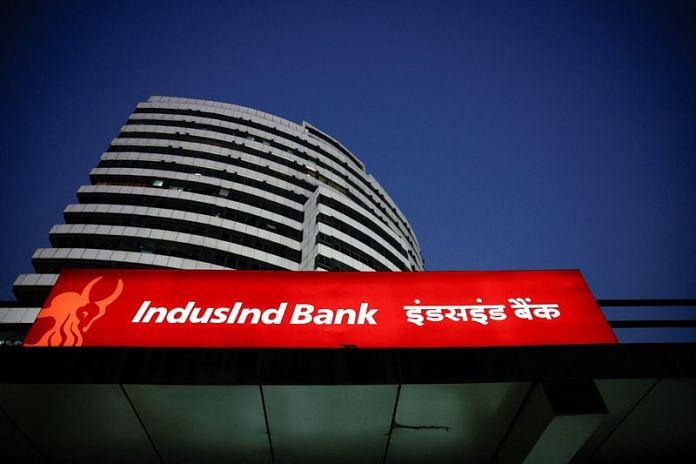By Siddhi Nayak
MUMBAI (Reuters) – Indian lenders are bracing for another wave of defaults in their microfinance portfolios in the second half of the fiscal year after the banking regulator recently further tightened rules for such loans, four bankers said.
The default rates in microfinance loans — collateral-free loans to those with annual income of up to 300,000 rupees ($3,556) — had already jumped, as evidenced in the July-September results of IndusInd Bank, Kotak Mahindra Bank, RBL Bank and Bandhan Bank.
The Reserve Bank of India (RBI), both the central bank and banking regulator, has previously publicly flagged unfair practices in the sector, including “usurious” interest rates and “unreasonably high” processing fees.
Last month, in its latest move, the RBI asked lenders to stop issuing new microfinance loans to borrowers unless they have cleared previous loans, three of the bankers said.
This, however, was conveyed informally, the bankers said, and could lead to cascading defaults as some borrowers will fail to repay dues without fresh credit. Banks offered such “netting off” of loans since many borrowers don’t have a steady source of income, one banker said.
The RBI did not respond to an email from Reuters. Three bankers declined to be identified as they are not authorised to speak to the media.
Now, as the cessation of the netting-off impact starts playing out, loan installments will start spiraling and the stress in the sector should continue this quarter, said Venkatesh M, managing director of IIFL Samasta Finance.
“We are still not out of it.”
The impact could last even longer, according to Gaurav Dua, senior vice-president and head of capital market strategy at Sharekhan by BNP Paribas.
“As regulations become stricter, stress will creep up and be prolonged. We think that this could play out for the next 4-6 months,” Dua said.
Banks and non-bank lenders compete in the microfinance market, which has led to rapid growth in the availability of such credit. The total outstanding of such loans jumped by 18.3% on-year as of June-end, per latest data from industry body MFIN.
The RBI’s instruction to stop netting off, one banker said, was to prevent evergreening loans — in which banks extend new credit to borrowers unable to repay an existing loan, thereby concealing the true status of non-performing assets (NPAs) or bad loans. ($1 = 84.3680 Indian rupees)
(Reporting by Siddhi Nayak; Editing by Savio D’Souza)
Disclaimer: This report is auto generated from the Reuters news service. ThePrint holds no responsibilty for its content.






